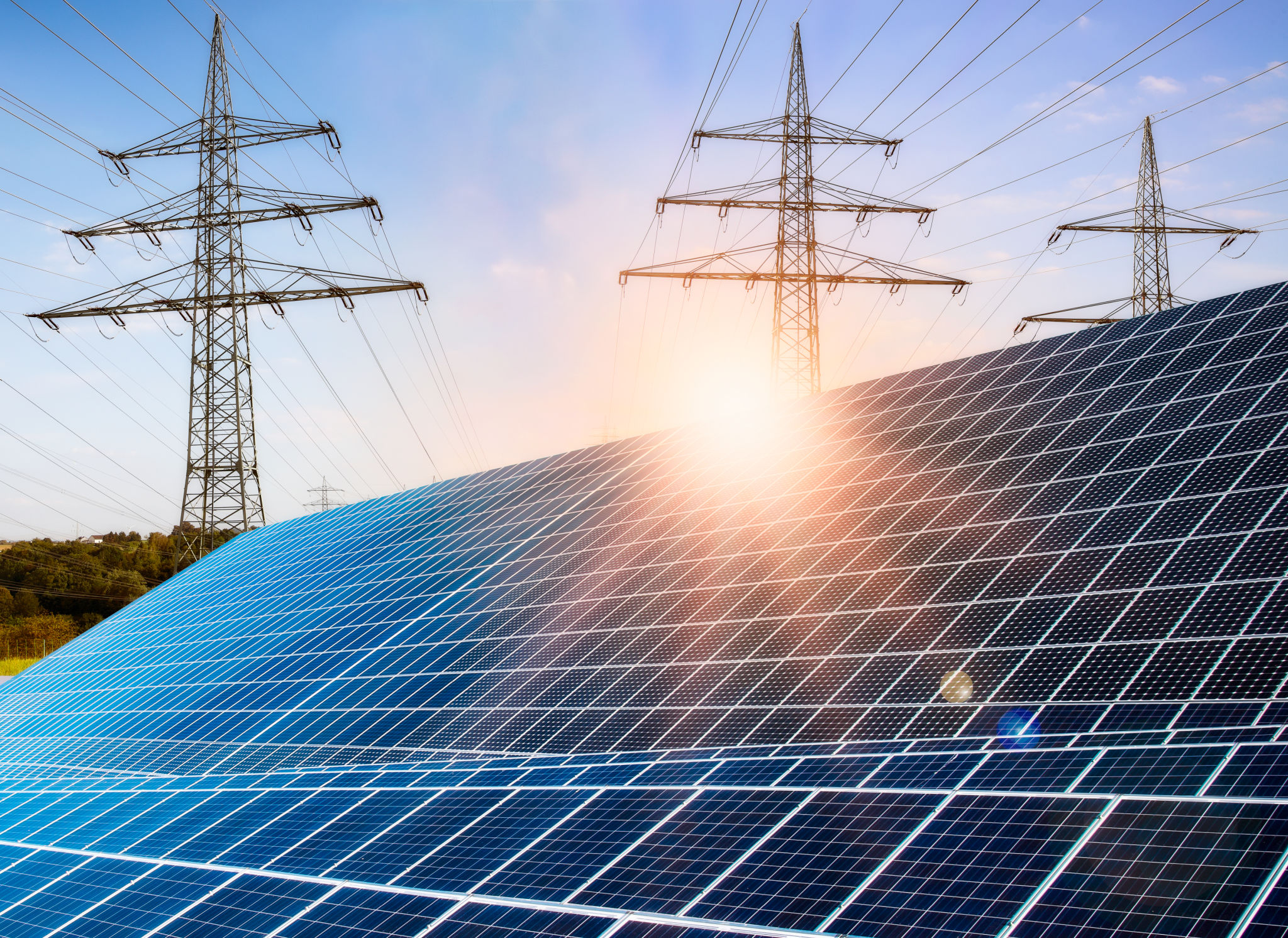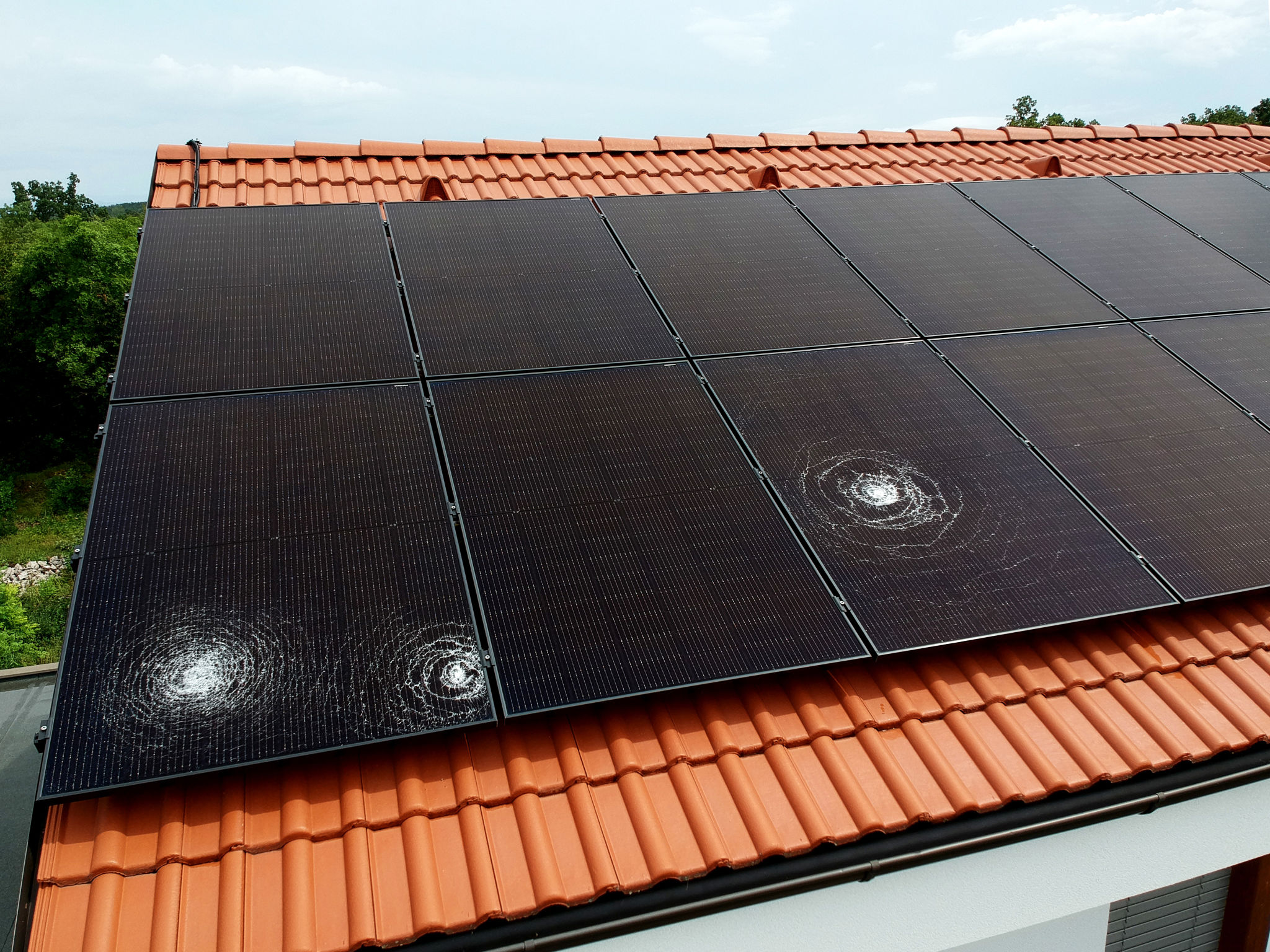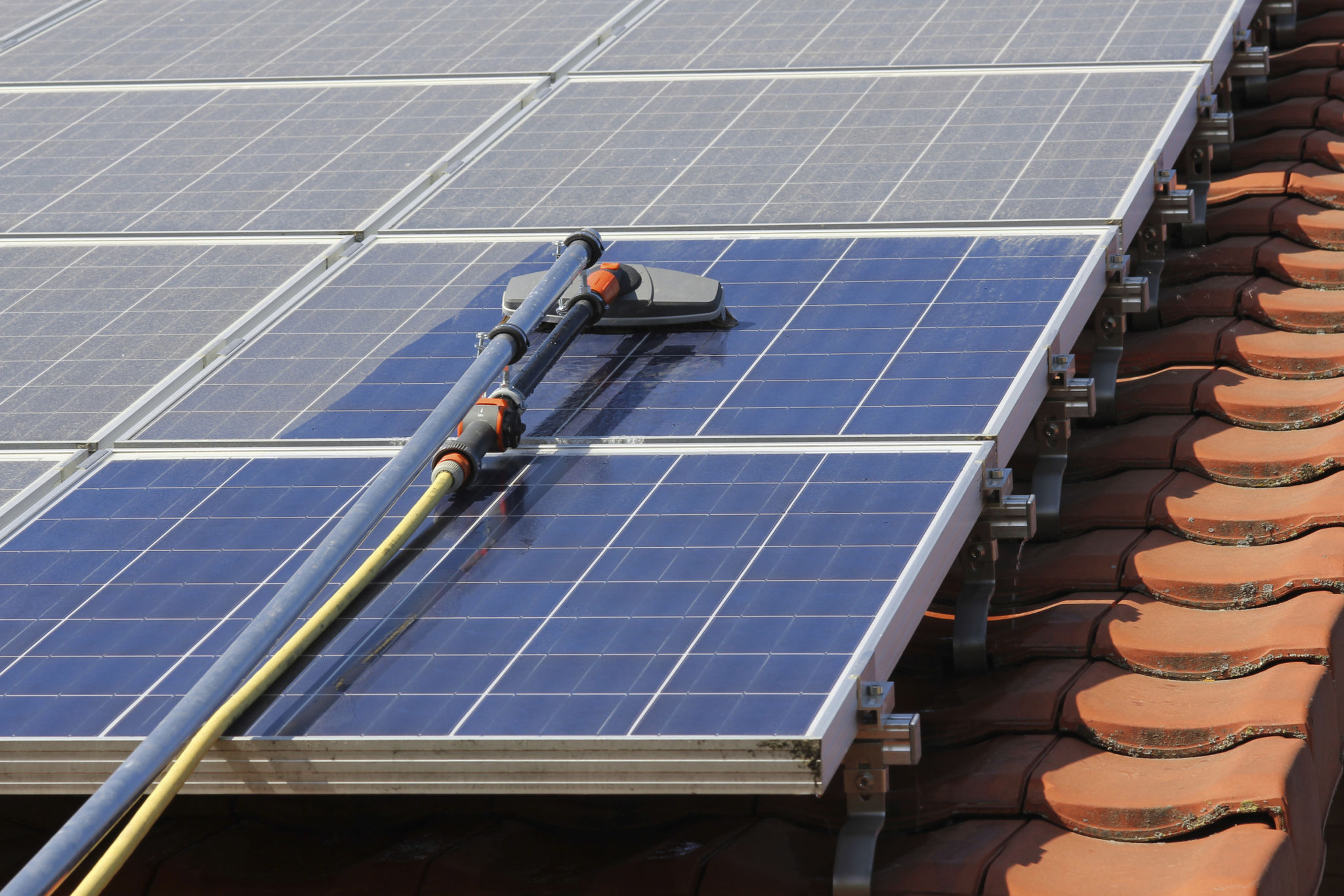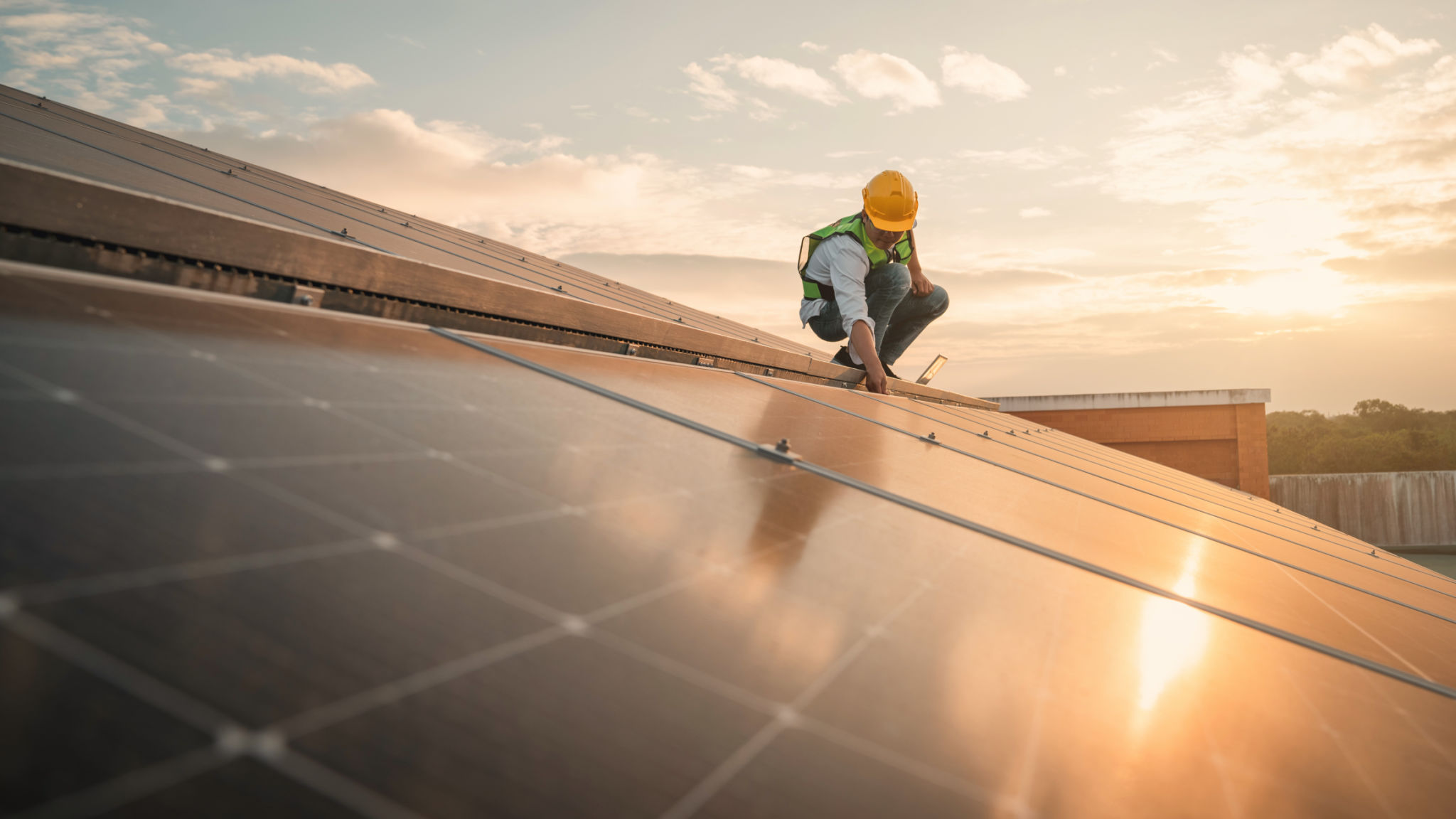The Ultimate Guide to Solar Panel Repair and Maintenance
Understanding Solar Panel Components
Solar panels are complex systems composed of various components, each playing a crucial role in harnessing solar energy. The primary parts include photovoltaic cells, an inverter, and a mounting system. Understanding these elements is essential for effective repair and maintenance. Photovoltaic cells are responsible for converting sunlight into electricity, while the inverter transforms this electricity from direct current (DC) to alternating current (AC), which can be used by household appliances.

Regular inspection of these components can help identify potential issues before they escalate. For instance, ensuring the inverter's display is functioning correctly can prevent energy conversion problems. Similarly, checking the integrity of the mounting system ensures that your panels remain securely in place against various weather conditions.
Common Solar Panel Issues
Despite their durability, solar panels can encounter several issues. Common problems include physical damage to the panels, electrical issues like inverter failure, and environmental factors such as shading or debris accumulation. Understanding these problems can help in effectively addressing them.
Physical damage often results from severe weather conditions, such as hail or high winds. Electrical issues may arise from faulty wiring or inverter malfunctions, which can significantly affect energy production. Environmental factors, such as tree growth or dirt buildup on the panels, can also reduce efficiency.

Routine Maintenance Practices
To ensure optimal performance, regular maintenance is essential. Here are some routine practices to keep your solar panels in top condition:
- Cleaning: Dust and debris can accumulate on panels over time, reducing their efficiency. Regular cleaning with water and a soft brush can help maintain optimal energy absorption.
- Inspection: Conduct thorough inspections for any signs of wear and tear or damage to the panels and mounting systems.
- Monitoring: Use monitoring systems to track energy production and detect any unusual dips in performance.
Implementing these practices can significantly extend the lifespan of your solar panel system while maximizing its efficiency.

DIY Repairs vs. Professional Assistance
While minor repairs and maintenance tasks can often be handled independently, some situations require professional intervention. For instance, electrical issues or significant physical damage should always be addressed by qualified technicians to prevent further complications.
For DIY enthusiasts, simple tasks like cleaning or visual inspections can be safely performed. However, when it comes to more complex repairs, it’s always advisable to consult with a professional. This ensures not only the safety of the panel system but also personal safety during repair attempts.
Choosing a Reliable Repair Service
Selecting a reliable repair service is crucial for ensuring that your solar panels are in expert hands. Consider these factors when choosing a service:
- Experience: Opt for providers with extensive experience in solar panel repair and maintenance.
- Certifications: Ensure technicians are certified and have undergone relevant training.
- Customer Reviews: Check online reviews and testimonials to gauge the quality of service.
A reputable service provider will not only fix current issues but also provide valuable advice on preventing future problems.

Conclusion
Regular maintenance and timely repairs of your solar panel system are essential to ensure its longevity and efficiency. By understanding the components of your system, identifying common issues early, performing routine maintenance, and seeking professional assistance when necessary, you can enjoy uninterrupted solar energy for years to come. With these insights and practices, you are well-equipped to handle solar panel repair and maintenance effectively.
